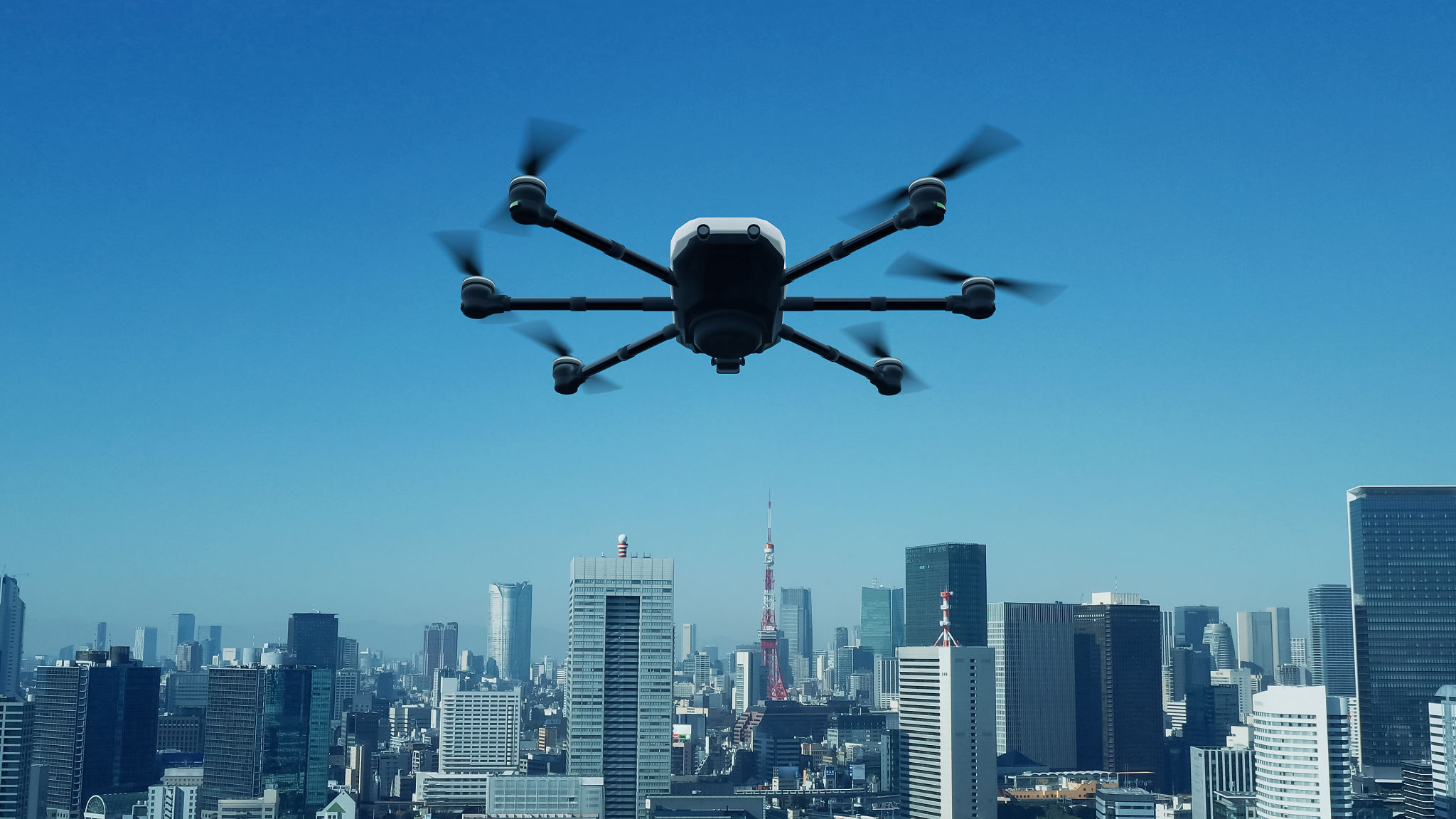Maintenance Tips for FPV Systems: Ensuring Optimal Performance
Understanding the Basics of FPV Systems
First Person View (FPV) systems have become a cornerstone for drone enthusiasts, offering an immersive flight experience by transmitting real-time video from the drone to the pilot's goggles or monitor. To ensure optimal performance, regular maintenance of FPV systems is essential. This not only prolongs the lifespan of your equipment but also enhances safety and reliability during flights.
FPV systems comprise several components, including cameras, video transmitters, antennas, and goggles or monitors. Each part requires specific attention to ensure the entire system functions seamlessly. In this post, we'll explore some essential maintenance tips that can help you keep your FPV system in top condition.

Regularly Inspect and Clean Components
One of the fundamental maintenance tasks is to regularly inspect and clean each component of your FPV system. Dust, dirt, and moisture can accumulate over time, affecting performance and potentially causing damage. Use a soft brush or compressed air to gently remove debris from sensitive parts like the camera lens and connectors.
Ensure that all connections are secure and free from corrosion. If you notice any signs of wear or rust, it may be necessary to replace the affected parts. Regular cleaning not only maintains performance but also prevents unexpected failures during flights.
Check and Secure Connections
Loose connections are a common cause of FPV system issues. Before each flight, verify that all cables and connectors are tightly secured. Pay special attention to the connection between your video transmitter and antenna, as any disconnection can result in signal loss.

Consider using cable ties or heat shrink tubing to organize and secure cables, reducing the risk of them getting snagged or damaged during flights. Investing a few minutes in checking connections can save you from potential headaches and ensure a smooth flying experience.
Optimize Antenna Placement
The placement and orientation of antennas play a crucial role in maintaining a strong and stable video signal. Ensure that your antennas are positioned correctly according to the manufacturer's recommendations for optimal signal reception.
- Use high-quality antennas to maximize range and signal strength.
- Avoid placing antennas near metal objects or electronic components that could cause interference.
- Regularly check for wear or damage on antennas and replace them if necessary.

Monitor Battery Health
Batteries are the lifeline of your FPV system, powering both the drone and its components. Regularly monitor battery health by checking for signs of swelling or reduced capacity. It's crucial to use a balanced charger to prolong battery lifespan and prevent issues like overcharging or overheating.
Consider implementing a battery management strategy by rotating between multiple batteries if possible. This not only extends the overall life of each battery but also ensures you have backup power during extensive flying sessions.
Update Firmware Regularly
Firmware updates often include important fixes and enhancements that can improve the functionality and performance of your FPV system. Regularly check for updates for your camera, transmitter, and goggles, following the manufacturer's instructions for installation.
Keeping your system's firmware up-to-date ensures compatibility with new features and technologies while addressing any potential bugs that could impact performance.
Conduct Pre-Flight Checks
Before every flight, conduct a thorough pre-flight check of your FPV system. Verify that all components are functioning correctly, including camera feed clarity, signal strength, and battery levels.
- Ensure all firmware is updated.
- Confirm that antennas are correctly positioned.
- Check for any visible damage or loose connections.
By following these maintenance tips, you can ensure that your FPV system remains in peak condition, providing you with the best possible flying experience. Regular upkeep not only enhances performance but also contributes to the longevity of your equipment, allowing you to enjoy countless hours of immersive drone flight.
